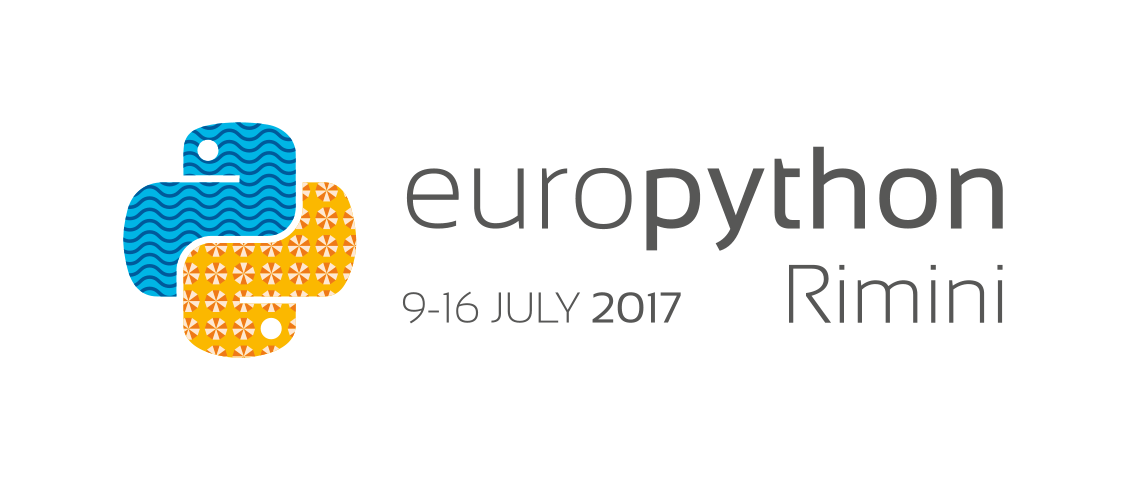Solar Energy Optimization Project in Python
This study presents a solar optimization investment project programmed in Python and solved by the CPLEX and Gurobi. A public university in Brazil would like to analyze the possibility to build a solar farm to generate electricity to its facilities. A team of two students and an assistant professor of operations research, all without any background on Python programming, chose this language to carry out the project due to its simplicity, the fact of being open-source and the possibility to use powerful optimization solvers free of charge for academics. We have used Spyder as the Python IDE in Anaconda to implement the model composed an objective function, 10 families of constraints and 6 families of variables. One model feature is the use of many tuples and conditionals and a huge amount of data that were manipulated, since the planning horizon was 25 years, with the options of 10 different solar panels and 6 inverter technologies to choose. The output displays were also programmed, which were very convenient for reading the model solutions. From this project, we were able to deliver to the university a deep analysis using optimization tools without any cost in terms of software licenses, like it could have happened if we had chosen GAMS or AMPL. The goal of the presentation is to discuss the model implemented in Python, with several codes of data manipulation. To understand the study is required a basic background on mathematical modeling in Python and optimization.
